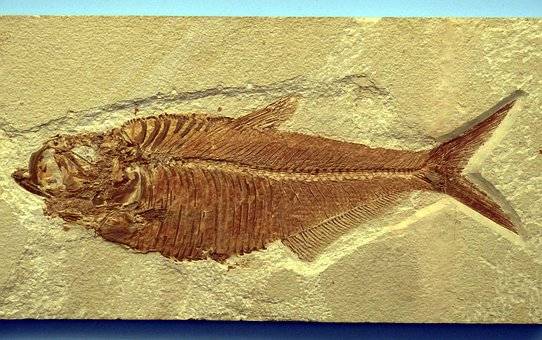Life on Earth continuously evolves under climatic change, invasive species taking over, global warming, and loss of habitat. Every time a species gets wiped off from Earth’s surface, it leaves a unique trail, sufficing its reason for the disappearance. That brings researchers to the question, “is it possible for AI to predict mass extinction & biodiversity loss in the future?”

A research team comprising Dr. William Foster of “Hamburg University” and Dr. James Witts of “The University of Bristol’s School of Earth Sciences” did use fossil fuels of already extinct species. These were part of mass extinction, and the researchers’ main aim was to uncover if it was possible to discover which species were more prone to extinction during the processes (mass extinction). For adequate results, they came up with models based on machine learning. Evaluating marine life’s extinction vulnerability during the three most catastrophic mass extinction phases. The list goes as follows:
- End-Permian (252 million years before)
- End-Triassic (200 million years before)
- End-Cretaceous (66 million years ago) saw the extinction of dinosaurs
An introduction – AI to predict mass extinction & biodiversity loss
Human-induced environmental deformities, global warming, habitat loss, and climatic change are the main reason for animal extinction. While man-made hazards have come into existence recently, mass extinction due to habitat loss and climatic changes has existed for a long time. They are even continuing to date. So that made scientists and researchers question, “Is it possible to analyze these extinction patterns from the past and use them to predict the near future?”

To compare the phenomena of mass extinction and background intervals (referred to as the gradual extinction of species over the years), the researchers went forward assessing the possessed traits of each animal that was already extinct. The primary base was machine learning algorithms, on which functional trait-based models of species for each mass extinction were generated.
Methodology – AI to predict mass extinction & biodiversity loss
The researchers used conodonts and marine invertebrates across the Paleobiology database. To ensure that these species are already extinct, the team downloaded and assessed datasets across two different periods.
- “Cenomanian to Eocene (100.5–33.9 Ma)”
- “Capitanian to Toarcian (264.3–174.1 Ma)”

They took it the manual way to eliminate taxonomic synonymy from representing particular species over multiple genera. Further precautions include:
- Being precautious about typography errors at the species and genus levels.
- Genera comprising open nomenclature were eliminated to find out the gene-specific stratigraphic range.
- The team did eliminate freshwater genera as well
Finally, end-Permian – 635, end-Triassic – 645, and end-Cretaceous – 1358 were considered. The aim was to find out if these patterns of mass-extinction events are similar to the conditions supporting the extinction of species over the years.
Discussions and Findings
The research team was not able to predict the future scope of mass extinction of a particular species, and they have their reasons:
- Traits unique to one mass extinction are not the right fit for the other. Scientists have found certain functional groups to become more resistant to weather conditions with each extinction event.
- Also, the mass extinction patterns for the Permian and Triassic phases have been termed the same. As in caused by LIP volcanism. However, these theories did lack thorough investigation. So when the team went forward exploring the unknown, they were not able to trace any such evidence.
- The taxonomic and fundamental component of an ocean does undergo complete alteration following a period of mass extinction. Thus creating a complete difference in the ecological baseline of the pre-existing faunas.
Every new phase of mass extinction witnessed the dominant groups losing their power and subsequent minorities emerging as the new functional validates. The team also went on to find that each extinction event affected a new ecosystem, which is more on the ecologically complex side than the last.
The final elaboration by the research team on AI to predict mass extinction & biodiversity loss
The trait-based model of the research team with its machine learning algorithm brought into the spotlight that
- The reason for extinction was different among all three phases of marine invertebrates.
- With each series of mass extinction, the organisms undergo evolution and a complete biochemical change. Thus making it even more difficult for scientists to predict the future of extinction for similar animals.
Most importantly, the study does help us understand the importance of AI in scientific research and how soon it will offer extended support.



